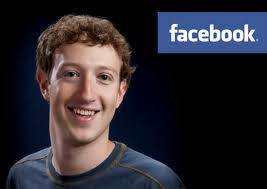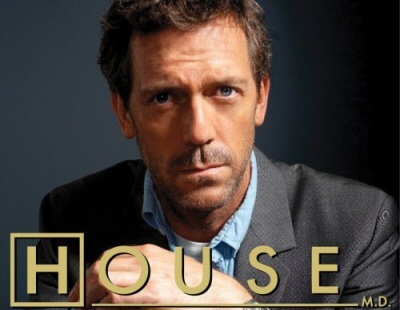 Time magazine chose Mark Zuckerberg as the 2010 person of the year. A film on the life of Mark Zuckerberg is a strong contender for Oscars next February. He is twenty six years old and is worth 7 billion dollars. He drives an Acura TSX and rents a house. And he is the creator of the phenomenon called “Facebook”.
Time magazine chose Mark Zuckerberg as the 2010 person of the year. A film on the life of Mark Zuckerberg is a strong contender for Oscars next February. He is twenty six years old and is worth 7 billion dollars. He drives an Acura TSX and rents a house. And he is the creator of the phenomenon called “Facebook”.
Yes, Facebook is no longer a website, it is a phenomenon. Social networking sites are nothing new. People on the internet started to commune together since the early days through bulletin boards, news groups etc., long before MySpace, LinkedIn, Orkut and Facebook came into existence. Newsgroups were there (remember soc.cult.etc.etc?) even before web browsers and web servers were invented. People have always tried to use the internet to connect and to share. Social networking sites like Facebook has given the people the ideal vehicle to connect and share. And of all the social networking sites, Facebook has become the most popular platform primarily because of its ability to evolve continuously. People have been able to connect with their friends after ages, they share their thoughts, their likes and dislikes, their photos and memories. It allows many to get their moments of fame and recognition from their friends and peers that was never possible before. It has become such a powerful attraction to many that some psychiatrists are considering Facebook addition as a diagnosable ailment. Continue reading




 I kind of like Gregory House, MD. And who doesn’t? House is one of the most popular TV shows that has catapulted Fox network to lead the popularity ratings (along with 24 and other shows). The quirky, obnoxious and ill mannered medical genius has become everybody’s dream doctor. We the New Jersey viewers specially feel his absence in real life since Gregory House works in this fictitious “Princeton-Plainsboro” hospital and to whom people come crossing the rough seas risking their lives (no pun intended) to get treated. How lucky we would have been to have such a doctor in real life. And a hospital like “Princeton-Plainsboro” where doctors do everything – they serve not only as doctors and surgeons, but they draw blood, they set up IV lines, they give the patients their pills, they feed them, they operate the MRI, CT Scan and other diagnostic machines. There are hardly any nurses or technicians. In real life hospitals, I have seen the doctors come in to visit their patient only with one objective – how soon they can leave. They spend more time in front of the computer screens looking at the charts and filling up their billing codes than with the patient. But in Princeton-Plainsboro, Dr. House’s team is like Scotland Yard, deeply engaged in finding the culprit – in this case the cause of the disease.
I kind of like Gregory House, MD. And who doesn’t? House is one of the most popular TV shows that has catapulted Fox network to lead the popularity ratings (along with 24 and other shows). The quirky, obnoxious and ill mannered medical genius has become everybody’s dream doctor. We the New Jersey viewers specially feel his absence in real life since Gregory House works in this fictitious “Princeton-Plainsboro” hospital and to whom people come crossing the rough seas risking their lives (no pun intended) to get treated. How lucky we would have been to have such a doctor in real life. And a hospital like “Princeton-Plainsboro” where doctors do everything – they serve not only as doctors and surgeons, but they draw blood, they set up IV lines, they give the patients their pills, they feed them, they operate the MRI, CT Scan and other diagnostic machines. There are hardly any nurses or technicians. In real life hospitals, I have seen the doctors come in to visit their patient only with one objective – how soon they can leave. They spend more time in front of the computer screens looking at the charts and filling up their billing codes than with the patient. But in Princeton-Plainsboro, Dr. House’s team is like Scotland Yard, deeply engaged in finding the culprit – in this case the cause of the disease.